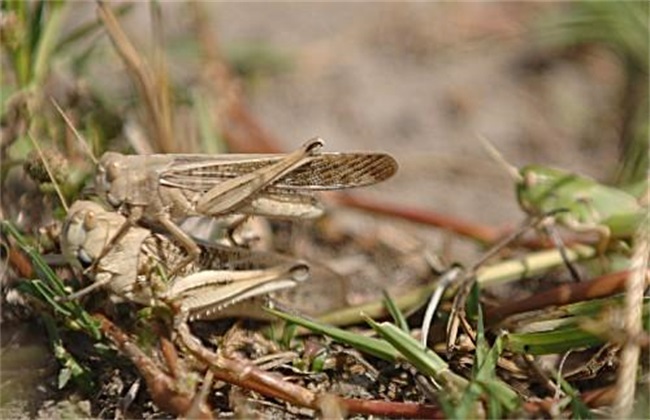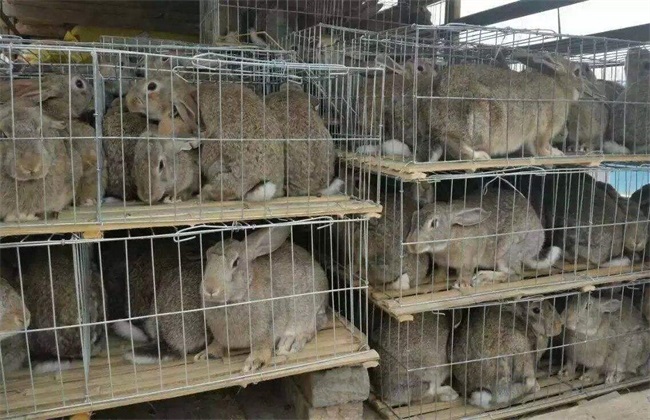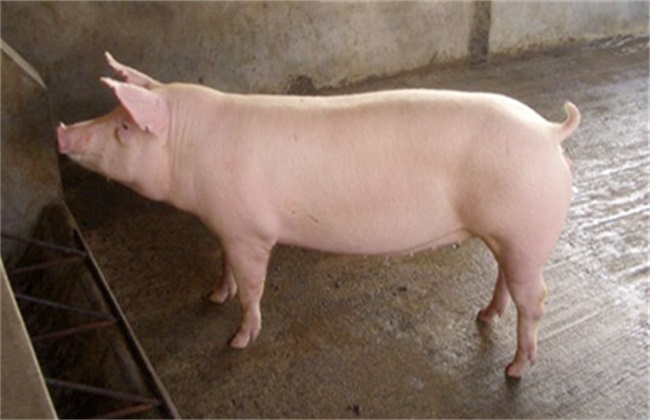Matters needing attention in locust culture
As an insect, the breeding scale of locusts is getting larger and larger, but because of its own fragility, it is easy to cause problems. Many details of breeding locusts often need to be paid attention to. Let's learn what we should pay attention to when breeding locusts.

1. Prevention of natural enemies
The first thing to pay attention to is some of the natural enemies of locusts. Although the breeding grounds will not have the natural enemies of adult locusts such as birds, there are a lot of larvae and eggs. The most common ones are ants, mole crickets, and so on. if there are ant colonies nearby, ants will gradually regard this breeding site as a continuous source of food. as a result, locusts will have fewer and fewer eggs, and these ant colonies should be cleared in time. The second is the mole cricket hidden underground, as long as the eggs of locusts are sufficient, the mole cricket will reproduce rapidly in a short time, and in serious cases it will directly lead to the failure of breeding.
2. Soil layer rectification and improvement
Locusts do not lay eggs at random, and there are certain requirements for the soil where they spawn. Without suitable soil, locusts will lay few eggs. The breeding ground is of high quality with the mixture of sand and soil, so it is not easy to bind together because of time. The sand had better be screened by a filter, which is relatively fine and conducive to spawning. After screening, it should be fully stirred evenly, the proportion should be controlled at about one-third of sand and seven percent of the soil, and then evenly covered with about three centimeters of the breeding ground. Under the sand, it is best not to have bigger stones and the like, but to be flatter.
3. Do a good job of closed management
Special attention should be paid to the sealing of breeding grounds. Locust breeding is generally indoor and easy to manage. The height of about half a meter at the bottom of the locust pond is built with wood or cement board, so that the locust larvae are not easy to get out, and they are covered with gauze. According to their own needs, we must choose a fine-hole screen. Just reserve the feeding port. If the net, you can pull two layers as far as possible, because the screen is easy to break, more than one hand to prepare.
4. Control temperature
Special attention should be paid to the temperature management during the incubation period. the temperature will affect the small locusts that lay eggs to a great extent. From 20 ℃, the eggs will slowly stop developing, and the eggs will not hatch at 16 ℃, so the culture pond should have a good temperature control. The ideal incubation temperature is generally about 26-30 ℃. The hatching efficiency is basically the highest in this temperature range, and the incubation time is mostly concentrated in the daytime. Farmers need to pay more attention to observation so that they can adjust in time.
These are some of the problems that locusts should pay attention to when raising locusts. Locusts themselves are fragile and need more attention. All kinds of matters needing attention should be adjusted according to the actual situation to better adapt to breeding.
Related
- On the eggshell is a badge full of pride. British Poultry Egg Market and Consumer observation
- British study: 72% of Britons are willing to buy native eggs raised by insects
- Guidelines for friendly egg production revised the increase of space in chicken sheds can not be forced to change feathers and lay eggs.
- Risk of delay in customs clearance Australia suspends lobster exports to China
- Pig semen-the Vector of virus Transmission (4)
- Pig semen-the Vector of virus Transmission (3)
- Five common causes of difficult control of classical swine fever in clinic and their countermeasures
- Foot-and-mouth disease is the most effective way to prevent it!
- PED is the number one killer of piglets and has to be guarded against in autumn and winter.
- What is "yellow fat pig"? Have you ever heard the pig collector talk about "yellow fat pig"?



